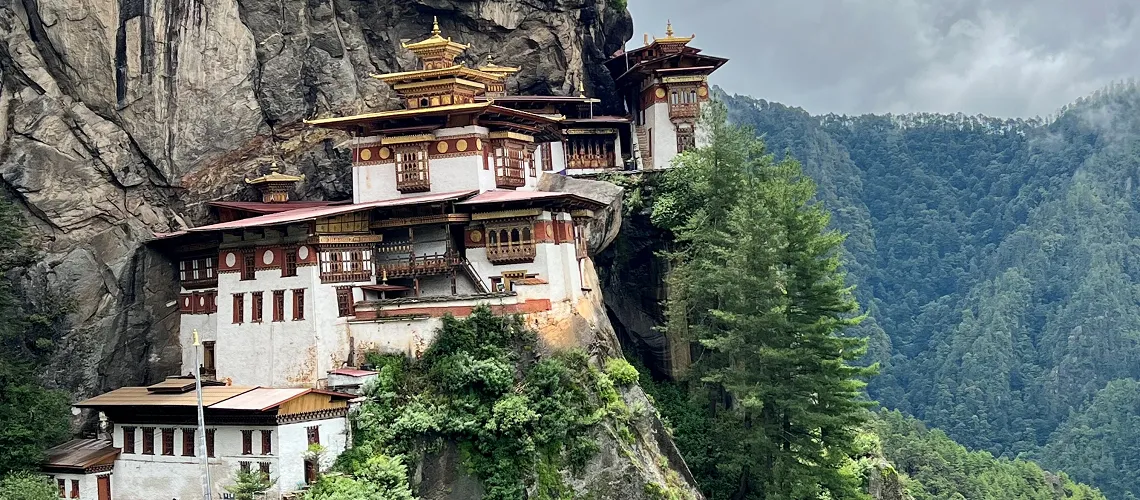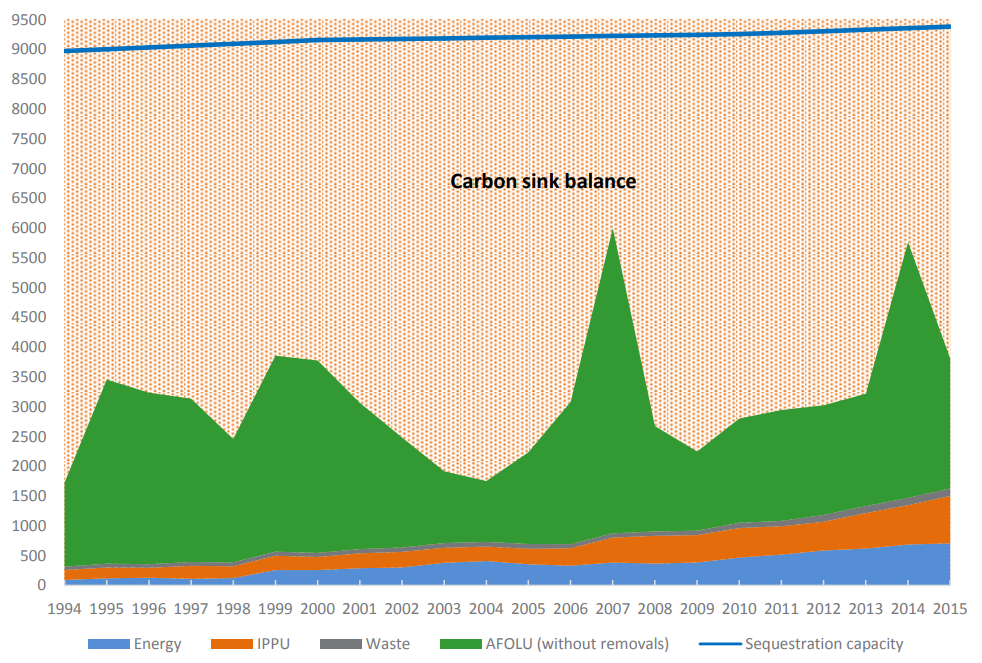
The Kingdom is enveloped by abundant forests, which stretch across 72.3% of its land. These areas represent not just ecological and biodiversity reserves but also massive carbon assets, making its forests a significant ‘carbon bank.

Emerging technologies to quantify carbon assets
- Satellite remote sensing scans vast tracts of land, conducts temporal monitoring changes in forest cover over time, and assesses vegetation types and stages of forest growth.
- Drones (UAVs) capture detailed images of forest canopy and create three-dimensional maps of forests to estimate volume of biomass, and, by extension, the carbon stored.
- Ground-based sensors, smart-meters and Internet-of-Things provide real-time data, tracking parameters like tree growth rates, soil moisture, temperature and other variables related to forest and reservoir health, resilience, energy generation and water quality in dam sites.
While deeply rooted in tradition and natural heritage, Bhutan is embracing a global wave of technology and innovation to create more accurate, efficient, secure, and transparent carbon markets.
Infrastructure to track and trade carbon assets
- National GHG inventory – to track a country’s carbon emissions and removals, and its global impact, and to monitor its emission sources and types. The inventory categorizes emissions and removal by sector, and updates regularly with new data.
- National carbon registry – to help countries track and record carbon credits and offsets, manage their carbon footprint, monitor compliance with the Paris Agreement and domestic climate policies, and facilitate the trading of carbon credits or allowances.
- Tokenization mechanism – to create digital representations of carbon credits that can be stored and traded through a credentialed wallet system using distributed ledger technology (DLT). The objective of this mechanism revolves around improving the efficiency, transparency, and accessibility of carbon markets. It also provides an opportunity to make carbon asset management more tangible and participatory for Bhutan’s citizens by potentially integrating it with the national digital identity (NDI), which can streamline services and boost security.
- Integration of the national registry with the global metadata layer Climate Action Data Trust (CAD Trust) – to connect with registries across the world, and aggregate and harmonize carbon project and units data with the objective to enhance transparency and trust in international carbon markets.
Infrastructure is needed to support the tracking, issuance, and trading of carbon assets.
Towards a mindful and equitable carbon strategy in Bhutan
- Mindful approach to technology and innovation – Bhutan’s commitment to the GNH index instead of just GDP exemplifies its holistic vision of evaluating innovation’s impact on its citizens’ well-being, cultural preservation, and environmental sustainability.
- Leveraging carbon assets – Bhutan has turned commitment to environmental conservation into a valuable asset. Through strategic management of its primary carbon sinks, Bhutan not only emphasizes its ecological responsibilities but also establishes itself as a forerunner in the international carbon trading arena.
- Integrating sustainable technology – From harnessing clean energy sources like hydropower to promoting eco-friendly agricultural practices, technology is seen as a tool to enhance sustainable practices, not replace them.
Gemma Torras Vives is a Climate & Technology Specialist, Climate Change Group at World Bank; Sonam Tashi is Chief Planning Officer for the Ministry of Energy and Natural Resources, Bhutan and; Jigdrel Singay
is an Analyst at Druk Holding & Investments (DHI), Bhutan.
